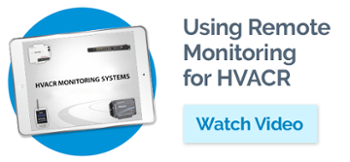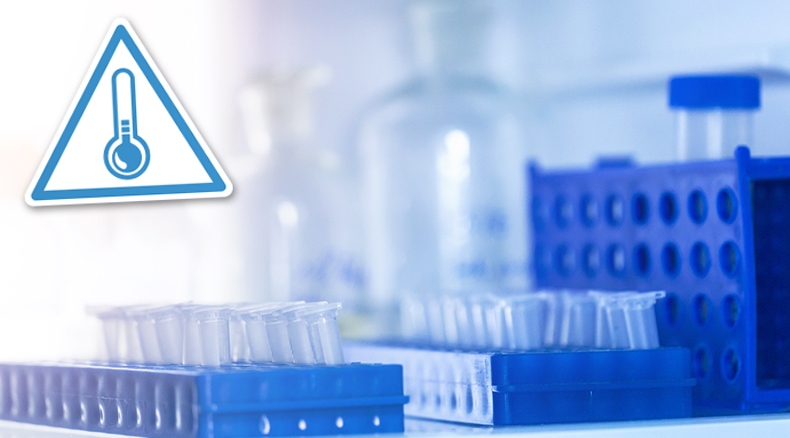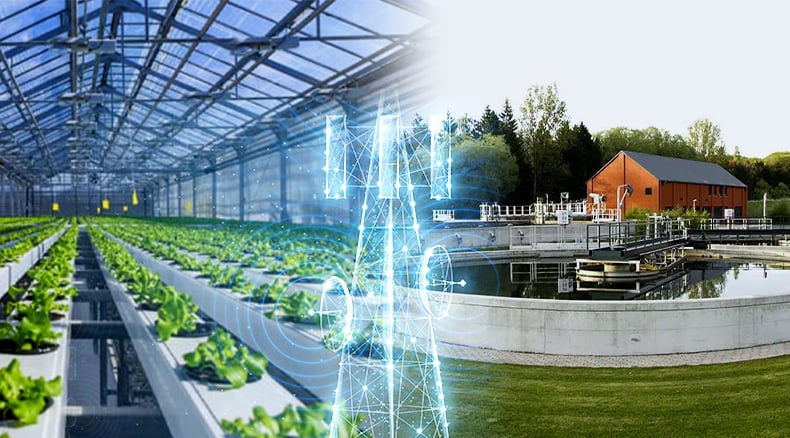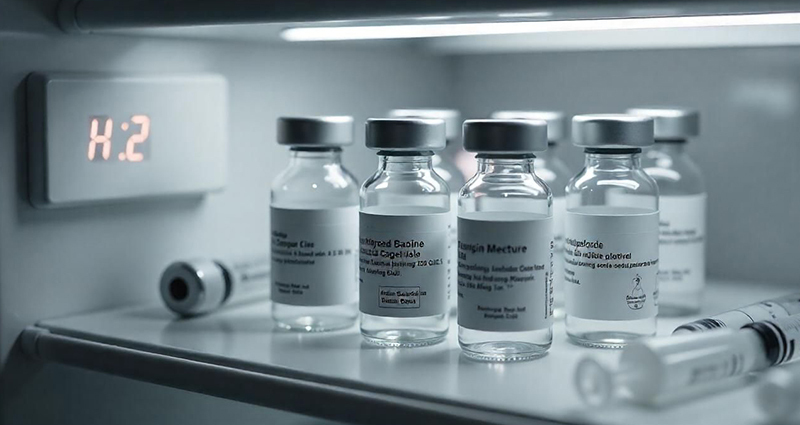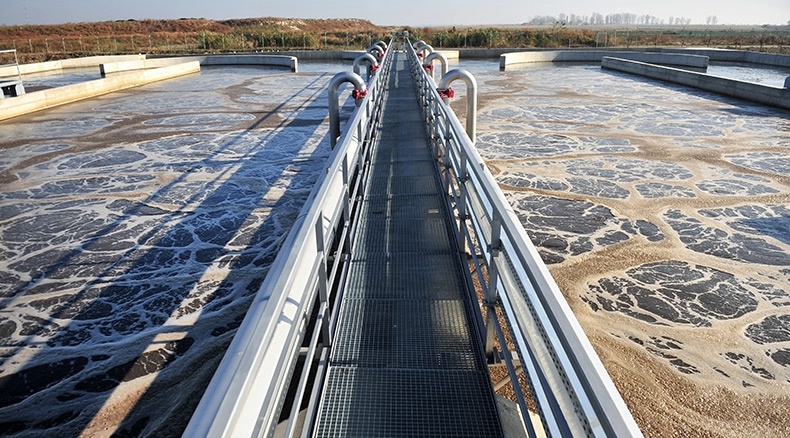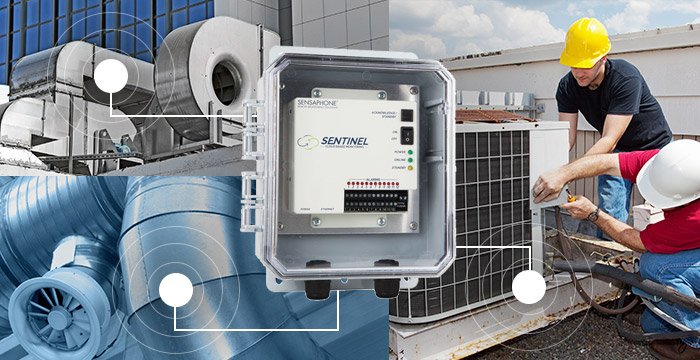
Facility managers have a lot on their plate. They are responsible for ensuring that a property's equipment and environmental systems function at all times to maintain the comfort of workers, residents and guests. A crucial aspect of this responsibility is HVAC remote monitoring, which ensures the right climate is maintained in commercial buildings.
Maintaining proper temperatures and airflow not only ensures comfort but also protects valuable assets. Even when off-duty or offsite, facility managers must ensure that HVAC systems experience zero downtime. That’s why a proactive approach to HVAC remote monitoring strategy is essential for preventing equipment malfunctions and avoiding costly failures.
An effective HVAC monitoring system helps building supervisors stay on top of operations. These remote monitoring systems deliver real-time data on environmental conditions and equipment performance —accessible anytime, anywhere. With this data, managers can troubleshoot issues and make adjustments before they escalate into serious problems.
Many HVAC remote monitoring systems function as both data loggers and data acquisition devices, providing access to important performance data through an app or webpage for easy troubleshooting.
Benefits of HVAC remote monitoring systems
HVAC monitoring systems integrate with various sensors throughout a facility. They deliver real-time data from any Internet-connected device. When integrated with a Building Automation System (BAS), advanced HVAC monitoring systems offer system-wide visibility and control.
Operators no longer need to be on-site to manage complex networks. Through cloud-based platforms or mobile apps, they can remotely monitor multiple devices, collect data points, and ensure systems are running optimally. This remote access allows for live status updates and real-time data acquisition.
These capabilities provide facility managers with insights into potential issues—such as abnormal vibrations—that can be resolved before major failures occur. This minimizes downtime and reduces repair costs.
Choosing the Right Sensors for HVAC Remote Monitoring
The success of an HVAC remote monitoring solution depends on and selecting the appropriate sensors. Sensaphone monitoring systems support a wide range of sensor types that deliver real-time feedback on system performance.
It’s important to choose sensors that match both the function and the environment. For instance, monitoring CO₂ or humidity levels in ductwork or public areas requires specific sensors designed for those conditions.
For precise measurement, 4–20mA sensors are ideal. They offer more accuracy than simple on/off sensors. Since they typically require their own power source, using a battery backup ensures continued operation during power outages.
When hard-wiring sensors isn't feasible, wireless sensors with web-based monitoring systems provide a flexible and cost-effective alternative.
Applications for HVAC Remote Monitoring
HVAC remote monitoring systems are versatile and can be used in:
- Offices
- Shopping complexes
- Hotels
- Hospitals
- Schools
- Maintaining ambient temperature and humidity in common areas
- Regulating water temperature in bathrooms, kitchens, and labs
- Detecting power failures, water seepage, floods, or unauthorized access
Monitor boiler rooms
In boiler rooms, HVAC monitoring systems detect pressure drops that might indicate equipment or configuration issues. They can alert staff to excessive water usage, helping maintain proper system balance and reduce waste.
Monitoring refrigerators and freezers
HVAC remote monitoring systems help ensure that cold storage areas maintain required temperatures. They are ideal for:
- Commercial refrigerators and freezers
- Restaurant walk-in units
- Chillers and other cold storage units
Key Conditions to Monitor in HVAC Systems
Monitoring airflow, CO₂, humidity, and temperature offers critical insights into HVAC performance. Issues like water leaks, power failures, or inaccurate sensor readings can impact system efficiency and occupant comfort.
Since CO₂ buildup is hard to detect without instrumentation, monitoring this parameter is crucial for maintaining indoor air quality. Similarly, catching humidity issues early prevents discomfort and potential damage.
Recommended sensors for HVAC parameters:
Airflow
• 4-20mA Type Duct Mount Airflow Transmitter – Monitors airflow rates in ductwork and alerts users when conditions fall outside preset thresholds. It detects the presence or absence of moving cool air and measures relative airflow from 0-16 meters per second. This is especially important for air conditioning performance in air ducts.
CO₂
• 4-20mA CO₂ Transmitter - Measures CO₂ levels from 0-2,000 ppm. Best for spaces with consistent occupancy patterns.
• 4-20mA Type Duct Mount CO₂ Transmitter – Designed for return air ducts, this sensor also monitors CO₂ levels from 0-2,000 ppm.
• 4-20mA Type Outdoor CO₂ Transmitter - Ideal for environments with elevated CO₂ levels (>2,000 ppm), such as breweries, wineries, plant greenhouses or continuously occupied buildings like hospitals. Housed in a weatherproof enclosure, it measures levels from 0 to 20,000 ppm and is durable enough for harsh conditions.
Humidity
• 4-20mA Type Duct Mount Humidity Transmitter – Mounts in return air ducts and monitors humidity from 0% to 95%.
• 4-20mA Type Outdoor Humidity Transmitter – Designed for extreme environments, this sensor is housed in a weatherproof enclosure to monitor relative humidity from 0% to 100%.
Other sensors
- Carbon monoxide sensor
- Vibration sensor
- Smoke detector sensor
- Water detector sensor
- Infrared motion detector sensor
- Temperature sensor
- Float level sensor
Data Collection in Remote Monitoring
In addition to providing 24/7 updates on operating conditions, an HVAC monitoring system instantly notifies users if any readings fall outside acceptable parameters. When changes occur, the system alerts the appropriate personnel via phone call, text, or email. These alarm notifications enable quick action before damage can occur.
Monitoring systems with data loggers can track sensor readings at specified time intervals, complete with time and date stamps. Once connected, the system collects data from all sensors. This data logging feature is particularly valuable for those responsible for system oversight, as it offers verifiable proof that equipment is functioning properly. Sensor data is securely archived and accessible from anywhere via cloud-based storage. Users can quickly print, graph, or export accurate historical records—creating an audit trail of all data activities, including edits or deletions.
Automatically recording data using a data logger also helps identify trends and patterns in equipment performance and environmental conditions. This simplifies recordkeeping and enables the generation of time- and sensor-specific reports. Such capabilities are especially useful for compliance reporting and documenting operational conditions.
Cloud-based HVAC Monitoring Systems
Modern HVAC remote monitoring systems store data in the cloud, offering virtually unlimited storage. This makes it fast and easy to access trend reports, check the status of specific equipment, and review alarm history.
With a cloud-based monitoring system equipped with a mobile app, users can access unlimited data at any time from a smartphone, tablet, or computer. Centralized storage in the cloud ensures convenient access to trending insights, equipment status and alarm history.
The Stratus EMS Monitoring System remotely monitors HVAC systems, refrigerators, cold storage units and other unattended equipment or facilities. It collects data from sensors and building management systems, pushing that information to the cloud for alarming, logging and reporting.
This rack-mounted HVAC monitoring system can monitor up to 64 Modbus registers and 12 universal digital or analog inputs. It supports Modbus RTU/485 and Modbus TCP protocols, enabling it to read data from building automation and uninterruptible power supply (UPS) systems.
Other cloud-based monitoring systems, such as the Sensaphone Sentinel Pro Monitoring System, deliver vital, system-wide data by interfacing with HVAC equipment that uses a BAS. Operators can manage complex networks, view real-time equipment status, and collect data points from their BAS. These systems also allow for management of multiple devices remotely via the Internet or a mobile app.
For remote or rural locations without internet or phone service, Sensaphone offers a monitoring system with cellular modem. This system monitors up to 12 different environmental and equipment conditions, including temperature, humidity, power failure, and water detection.
Why HVAC Remote Monitoring Matters
HVAC remote monitoring helps facilities maintain peak performance, improve energy efficiency, and ensure indoor air quality. With the right sensors and systems in place, facility managers can avoid downtime, reduce repair costs, and stay compliant with industry standards. If you have specific questions about which HVAC monitoring system and sensors are best suited for your facility, our support team can help. Contact one of our remote monitoring specialists today to discuss your specific needs at 877-978-1746.

